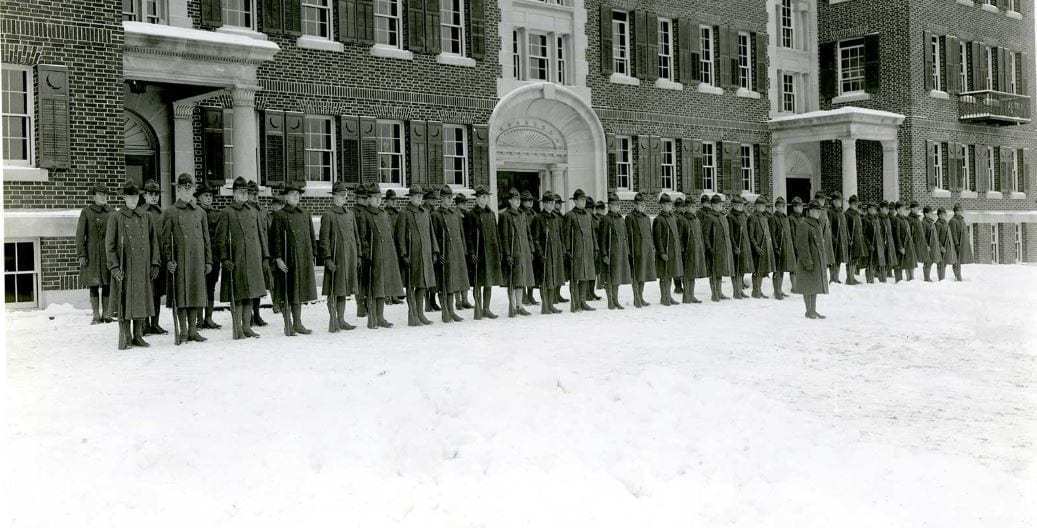Conclusion
Such an in-depth analysis of the Spanish Influenza pandemic of 1918 is crucial to understanding how the community has historically coped with health crises and how our community responds today.
Have we learned from the 1918 Spanish influenza outbreak?
It is clear that the Spanish influenza epidemic informs the community’s response to the COVID-19 pandemic today; however, it is necessary to understand Amherst’s efficient response to the current pandemic as President Martin took immediate action. She sent students home amidst the rising threat and ensured the safety of the entire campus community. It is important to be proud of our current response as it surmounts the response towards the 1918 epidemic. It is important to highlight the many more voices heard amidst the COVID-19 pandemic and to hear from those who we have historically not documented responding to previous pandemics and disasters. It is crucial understand the seriousness of this illness, find new and innovative ways to deal with our fear and feelings, and to recognize such improvements as we stride forward into an unknown future of health regulations, illness, and turmoil.
What further investigation should we do?
It is crucial to an understanding of our community in times of crisis to investigate the Spanish flu epidemic further. In the future, it would be important to answer questions about why students and faculty referred to the crisis as “the influenza” more often than they referred to it as “the flu.” It is necessary to apply this same logic to the vocabulary of the COVID-19 epidemic. What terms are being used to refer to the epidemic and why? How does it relate to the community’s own feelings and ideas about disease? How can the community further investigate and map the impact of technology on the COVID-19 crisis? What other emotions can be identified in various articles about the Spanish influenza epidemic that have not yet been analyzed and understood? What voices are not heard reacting and responding to the Spanish influenza pandemic? Why might that be the case and how can the socio-political makeup of America at the time explain why? These questions, important to investigate, would guide further research on the Spanish Influenza epidemic and would give a richer understanding of Amherst College’s history.
